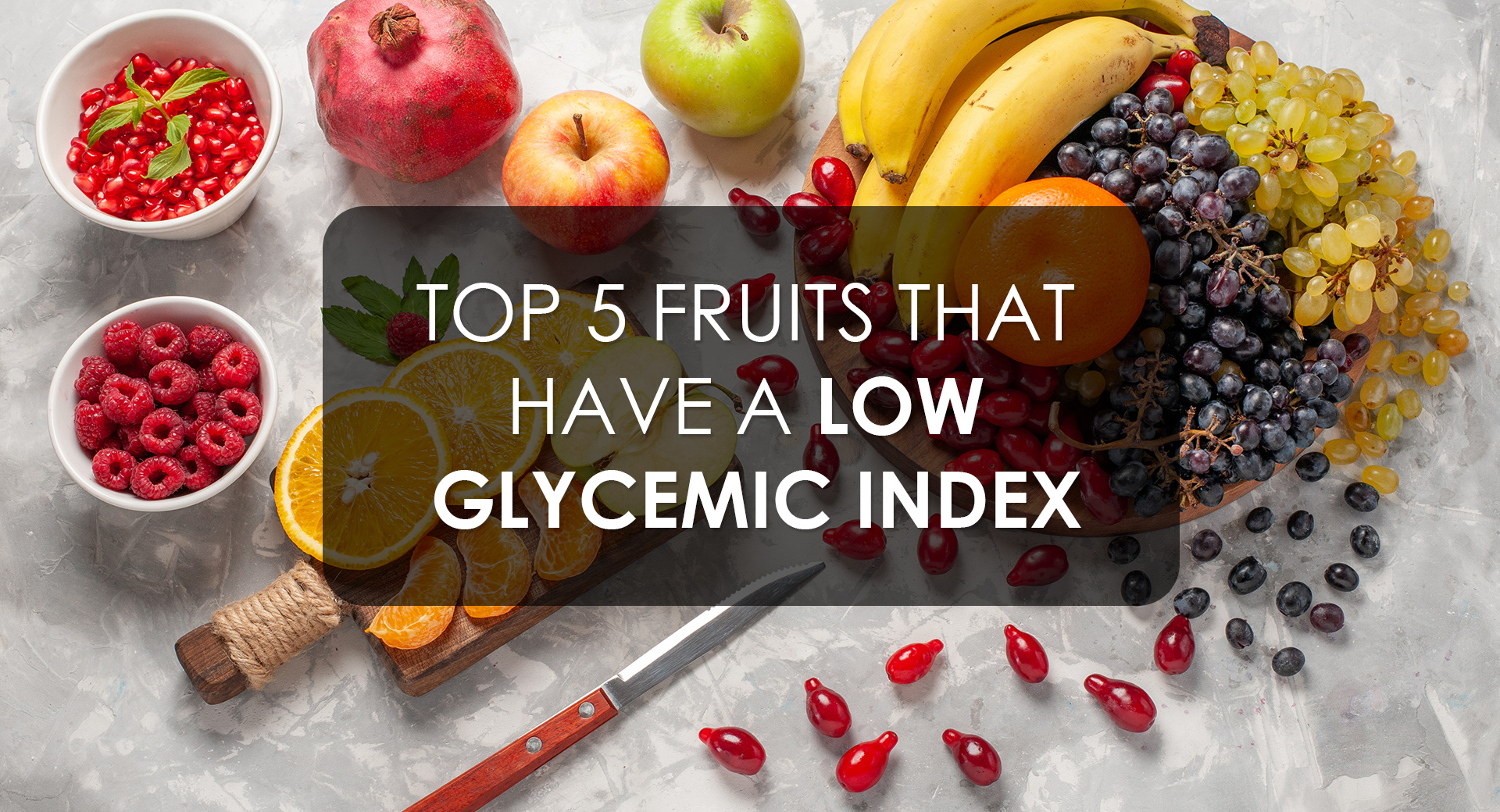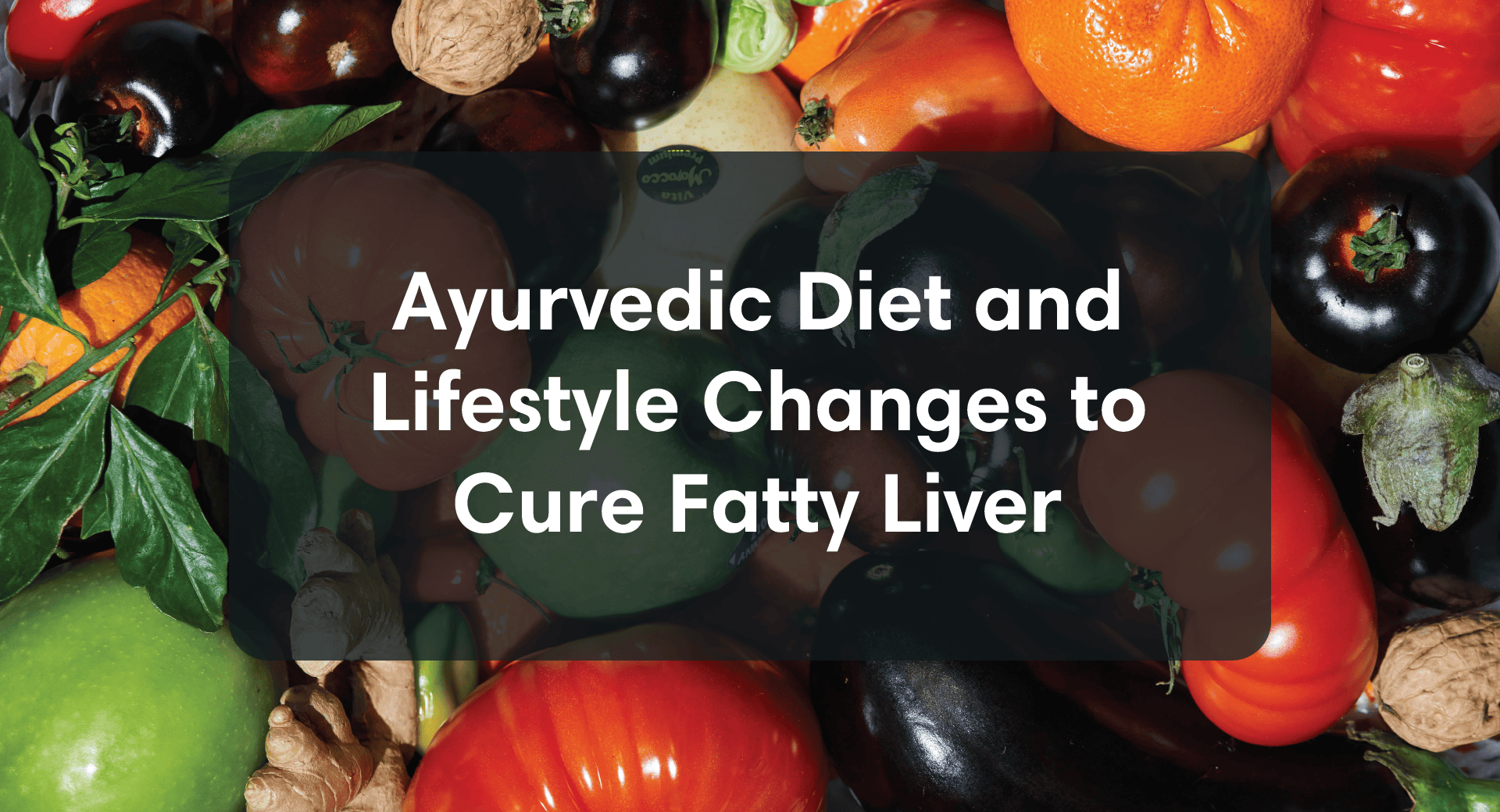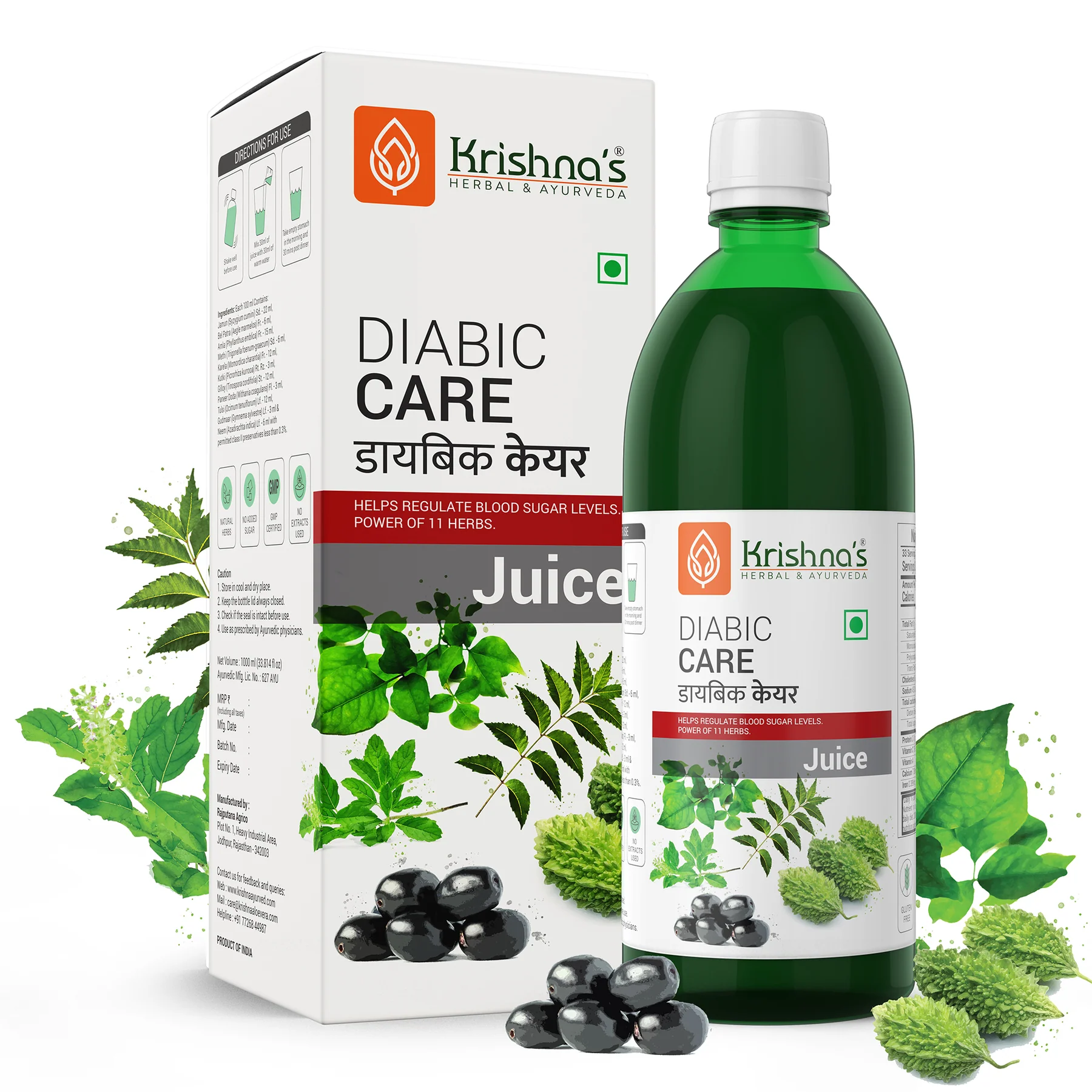If you are suffering from diabetes, you’ve probably been advised to stay away from fruits because they are high in carbs and natural sugars.
Is this really true? Do you need to avoid fruits if you’re diabetic? Do fruits increase blood sugar?
A simple answer to this is a resounding “NO”
While fruits do contain sugar, they can still be part of your diabetes meal plan. They are full of vitamins, minerals, antioxidants, and are super-rich in dietary fibre, which can help regulate blood sugar levels.
In fact, a study shows that regular consumption of fresh fruit is associated with a lower risk of developing diabetes. And if you already have the condition, your risk of developing other health complications also decreases.
So, any fresh fruit can fit into your nutritious, diabetes-friendly diet. But, fruits with low glycemic index (GI) are a better option when it comes to balancing your blood sugar levels.
Why Consider Low Glycemic Index Fruits When You Have Diabetes?
The glycemic index is a useful tool that measures how quickly carbohydrates in food spike blood sugar levels after eating. Fruits with high GI value may quickly raise your blood sugar compared to lower GI fruits.
The GI ranking looks like this:
- Low GI: 1-55
- Medium GI: 56-69
- High GI: 70 and up
Fruits contain fructose which is a natural sugar. Fructose being a simple form of sugar is broken down by your liver quickly and is absorbed into your blood at a much faster rate, something that is not conducive if you have diabetes.
If a fruit has high fibre content then its breakdown becomes slow which is then gradually absorbed into blood causing a steady rise in blood sugar. Such fruits that are high in fibre are considered low GI fruits because they are digested slowly and cause a minimal spike in blood sugar levels than other fruits. Thus, if you have diabetes, fruits with a lower GI are better for you.
Five Best Low Glycemic Index Fruits For Diabetes
Many people with diabetes find it hard to resist sweets, but you can balance your love for sweets and diabetes by eating the right fruits.
Here is a list of the top low-GI fruits that can satisfy your sweet tooth in a healthy way.
1. Cherries
These little bright red fruits are not only delicious but also have exceptionally low GI of just 20. They are loaded with fibre, potassium, and vitamin C which makes them an ideal choice to support your immune system. Cherries are also low in calories and thus beneficial for weight loss and heart health. A review also indicates that cherries stimulate insulin secretion which could promote healthy blood sugar regulation.
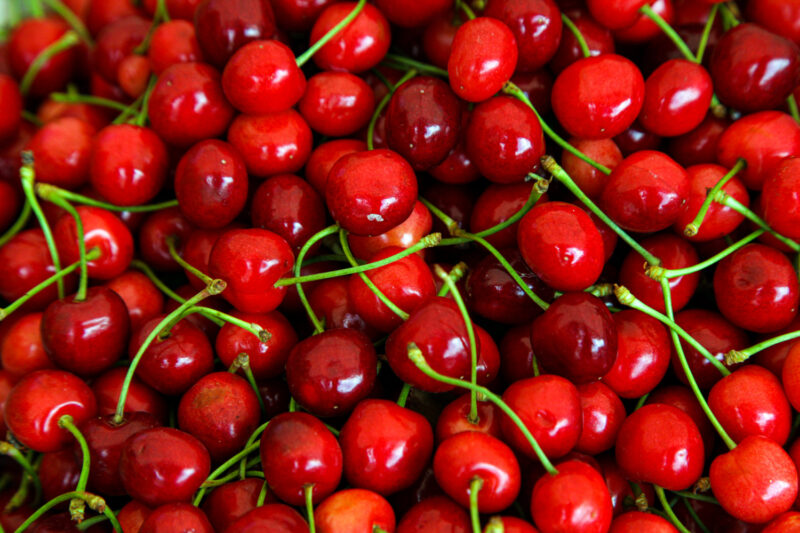
Other health benefits that cherries may possess are:
- Improving cognitive function
- Improving sleep
- Reducing arthritis symptoms
- Aiding recovery after strenuous exercise
Like many fruits, cherries also have a short growing season thus it can be difficult to find fresh ones all year round. But, you can opt for frozen or canned cherries as a substitute. Canned cherries also have a low GI value of around 41. Make sure to read the label and look for “no added sugar,” “unsweetened,” or “packed in its own juices” to confirm that they do not contain additional sugar.
2. Black Jamun
This is another ideal fruit that has wonderful properties to fight diabetes. It has a low GI value of 25 and is also low in calories. Jamun is a rich source of vitamins like vitamin A, vitamin C, calcium, iron, fibre, and other essential nutrients.
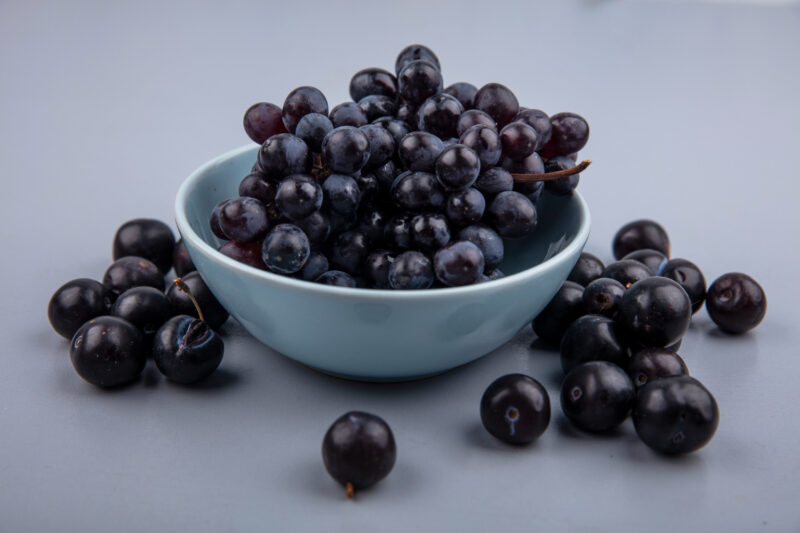
The fruit contains an essential constituent called jambolin, which prevents the conversion of starch into sugar and thus aids in better blood sugar management. The fruit is also high in potassium, which helps regulate blood pressure and support heart health.
Loaded with fibre, jamun helps with digestion and treats several gastrointestinal issues. Every part of this fruit has amazing benefits that help reduce diabetes symptoms. Therefore, people consume the powdered seeds of this fruit each morning on an empty stomach to keep their blood sugar levels in check.
3. Grapefruit
This citrus fruit is another low-GI fruit with a value of 25. It is an excellent source of vitamin C. Which helps boost your immunity. It also offers numerous health benefits, including lowering blood pressure and cholesterol. Which is crucial for diabetics who are at higher risk for heart disease.
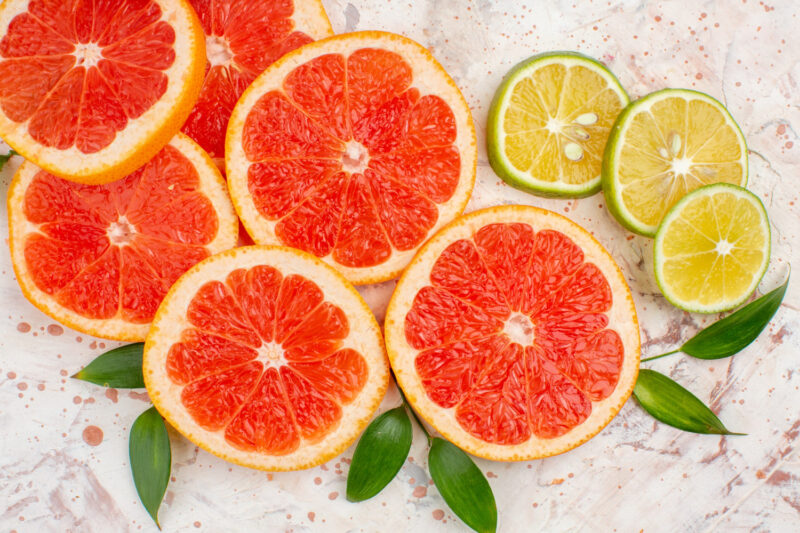
It is important to note that the fruit may interact with statins (drugs that can lower your cholesterol) or other prescription medications Thus consult with your doctor before adding it to your diet.
4. Apples
With a GI score of 39 apples are one of the most popular and widely consumed fruits and for good reason. They are loaded with fibre which helps slow down the digestion and absorption of sugar. The high fibre content also keeps you full longer without spiking your blood sugar levels. Apart from these apples also contribute to healthy gut bacteria and improve the function of your digestive system.
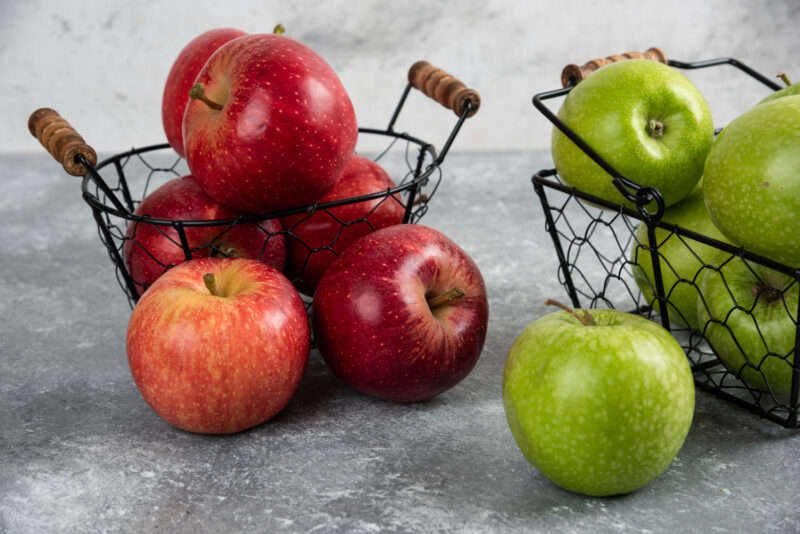
Choose whole apples and don’t peel them. The skins are the most nutritious part, full of fibre and antioxidants.
5. Pears
This juicy and delicious fruit is another ideal option for diabetics with a GI valued at 38. Pears are a good source of dietary fibre, providing over 20% of your recommended daily intake. This high fibre content promotes feelings of fullness and regulates blood sugar levels. Pears also contain potassium, magnesium, phosphorus, vitamins C, K, and some B vitamins.

The healthiest way to eat them is to consume the entire pear – including the peel – as the amount of vitamins and minerals is highest under the skin.
List of Fruits With Their Glycemic Index
| Fruit | Glycemic Index (GI) |
| Cherries | 22 |
| Grapefruit | 25 |
| Apricots | 34 |
| Plums | 39 |
| Peaches | 42 |
| Apples | 38-40 |
| Pears | 38-42 |
| Oranges | 40-45 |
| Strawberries | 40 |
| Jamun | 25-30 |
| Grapes | 43-53 |
| Blueberries | 40 |
| Kiwi | 47 |
| Pomegranate | 53 |
| Guava | 14-20 |
| Papaya | 60-65 |
| Mango | 51-56 |
| Pineapple | 59-66 |
| Watermelon | 72 |
Healthy Ways to Eat Fruit With Diabetes
Choose Whole Fruits Instead of Juices:
Having fruits in their juice form removes the rich fibre content that is present in their skin and pulp. So even the freshly made juice will only give you sugar leaving behind many of the nutrients present in the fruit. Also, when making juice, 2-3 fruits are generally used, which is too high for someone with diabetes to consume in a single serving.
And it goes without saying that packed or canned juices should be a big no-no, as they are highly concentrated and contain a lot of sugar additives. This can cause abnormal blood sugar levels and weight gain.
Avoid Overly Ripped Fruits:
Overly ripened fruits have higher GI values because of the increased sugar content as they mature. As fruits ripen, starches convert into sugars like fructose and glucose. This means that ripe fruit will lead to a rapid spike in blood glucose levels upon consumption.
Watch Your Portion Sizes:
Though fruits are nutritious, they still contain carbohydrates and sugars. So, pay attention to serving size and type of fruit to avoid consuming excessive amounts of sugar. Try to consume only one serving (80 grams) of low-GI fruit per meal. However, recommended portions of fruit will vary from person to person, so it’s better to consult with your dietitian.
Limit Or Avoid Dried Fruits:
Dried fruits are easy to overeat because they are small, sweet, and often come in large bags or containers. It’s easy to consume multiple servings without realizing it, leading to a higher intake of sugar and calories.
When you eat these fruits, make sure the serving size is small and also check the label because most have added sugar.
Concluding Words
Managing diabetes doesn’t have to mean eliminating fruits from your diet. Low-GI fruits like the ones mentioned above can and should be a part of your diabetic diet, as long as you are not allergic to them. So, if you’ve been avoiding fruits because of the sugar content, you don’t need to!

